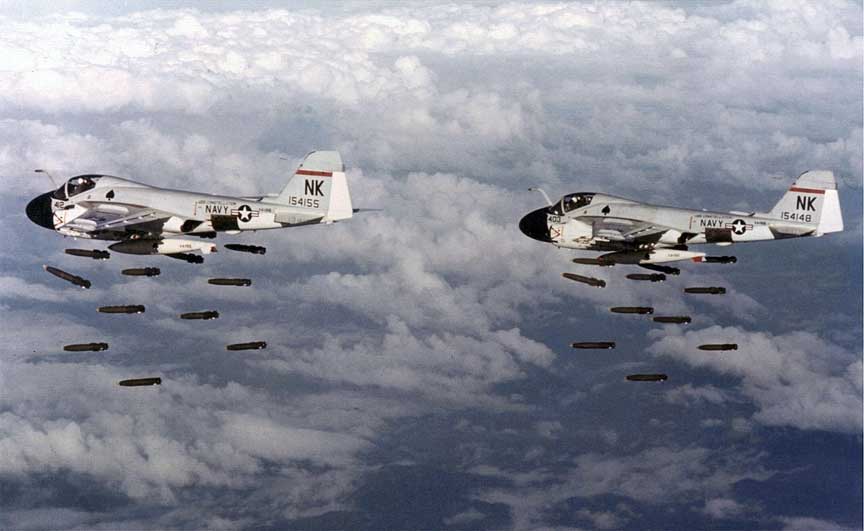Tonkin Gulf Resolution -1964

James Meredith
The US Congress passed the Tonkin Gulf Resolution, which gave the president the authorization to "take all necessary steps and measures to repel any armed attack against the forces of the United States and to prevent further aggression." Following the resolution, American involvement in the war grew rapidly.
In 1964, American ships were patrolling the Vietnamese Tonkin Gulf, and at least one ship, the U.S.S. Maddox, was attacked. President Johnson appeared on television and stated that he was responding to repeated attacks on American ships in the Tonkin Gulf. He went on to say that the "challenge that we face today in Vietnam is the same that we have met in force in Greece [and] Turkey."
Johnson called on the Congress to pass the Tonkin Gulf resolution, which stated that Southeast Asia was vital to the US, and authorized the president to take any action necessary to defend nations in the area.
In February 1965, Viet Cong troops attacked the American forces at Pleiku. US forces responded by attacking Air Force targets in North Vietnam. Regular ground troops were introduced for the first time and. before long, large-scale ground operations became standard for American forces in Vietnam. US forces were expanded until there were 380,000 American troops in Vietnam in December 1965, and 450,000 one year later. American casualties grew as well, and significant domestic opposition to the war developed.
 >
>